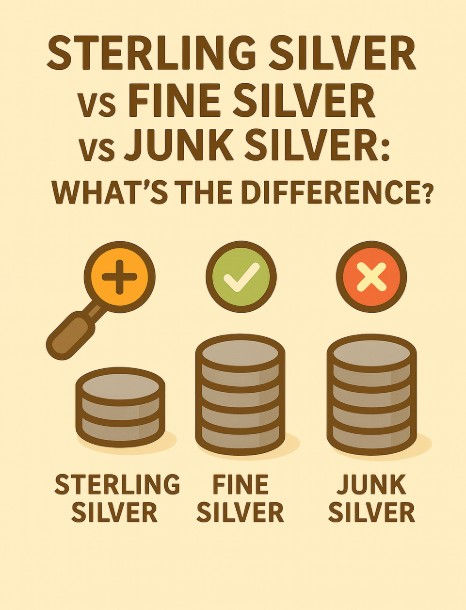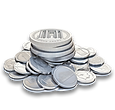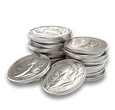From Oban to Modern Yen: Tracing Japan's Golden Currency
- GoldsilverJapan

- May 17
- 3 min read
Updated: Aug 7
Introduction
Japan’s monetary history is a captivating tale of craftsmanship, commerce, and cultural symbolism. From massive ceremonial gold coins to the sleek yen of today, the story of Japanese currency mirrors the country’s transformation across centuries. Among its most prized numismatic treasures are the Oban and Koban—gold coins that once defined power and prosperity in feudal Japan.
1. The Origins of Japanese Gold Coinage
The introduction of gold coins in Japan dates back to the late 16th century during the Azuchi-Momoyama period. In 1588, the powerful warlord Toyotomi Hideyoshi minted the first Oban coin to solidify national unity and demonstrate wealth. These large, oval-shaped coins quickly became symbols of authority and were succeeded by a more structured system under the Tokugawa Shogunate beginning in 1603.
2. The Oban: Japan’s Grand Gold Coin
Oban coins were monumental—both in size and significance. Weighing between 165 and 200 grams, each Oban was meticulously hand-hammered and stamped with a signature seal. Reserved for ceremonial use, royal gifts, or rewarding high-ranking samurai, Oban coins weren’t part of daily commerce but stood as emblems of economic power. Their rarity and ornate design continue to make them highly sought after by collectors.
3. The Koban: Everyday Currency of the Edo Period
Unlike the Oban, the Koban served as a practical medium of exchange. First issued in 1601 by Tokugawa Ieyasu, this oval-shaped gold coin became the standard unit of currency known as the Ryō. With a typical weight of approximately 18 grams, Koban coins were widely used in markets, land transactions, and tax payments. Their design featured elegant calligraphy and symbols that made them not only functional but also artistically significant.
4. Monetary Reforms and Challenges
As centuries passed, the Tokugawa Shogunate faced economic challenges—debasement, counterfeiting, and silver-gold ratio imbalances. Reforms attempted to recalibrate coin values and restore public trust. Despite these efforts, the arrival of foreign influence and global trade during the late Edo period exposed the vulnerabilities of Japan’s gold-backed economy. This prompted the need for a modern, stable currency system.
5. Transition to Modern Currency
The Meiji Restoration in 1868 was a turning point for Japan’s financial infrastructure. By 1871, the government adopted the yen and introduced a new decimal-based monetary system aligned with global standards. The gold standard was briefly implemented, marking the official end of the Oban and Koban era. While they were phased out of circulation, these coins left an indelible imprint on Japan’s identity.
6. Cultural Legacy and Modern Significance
The legacy of Japan’s gold coins endures. The Koban’s oval shape and golden sheen are often seen in Japanese folklore and iconography—such as in the paws of the Maneki-neko (beckoning cat), symbolizing wealth and luck. Today, Oban and Koban coins are prized in the numismatic market, with rare specimens fetching high values at auctions. They also inspire modern coin design and continue to symbolize Japan’s rich cultural and economic history.
Conclusion
From the ceremonious Oban to the everyday Koban, and ultimately to the modern yen, Japan’s journey through gold coinage is a testament to its dynamic past. These coins were not just currency; they were reflections of an empire’s prosperity, a craftsman’s precision, and a nation’s evolving identity. As collectibles, cultural icons, and historical artifacts, Japanese gold coins remain as golden as the legacy they represent.
FAQs
Q1: What is the difference between Oban and Koban coins?A1: Oban coins were large ceremonial gold coins used for royal gifts and displays of wealth, while Koban were smaller and used for everyday transactions.
Q2: Why were Oban and Koban coins phased out?A2: They were replaced during the Meiji Restoration when Japan adopted the yen and a modernized currency system aligned with international standards.
Q3: Are Oban and Koban coins valuable today?A3: Absolutely. Due to their rarity, historical importance, and artistic craftsmanship, they are highly valued among collectors and historians.











Comments